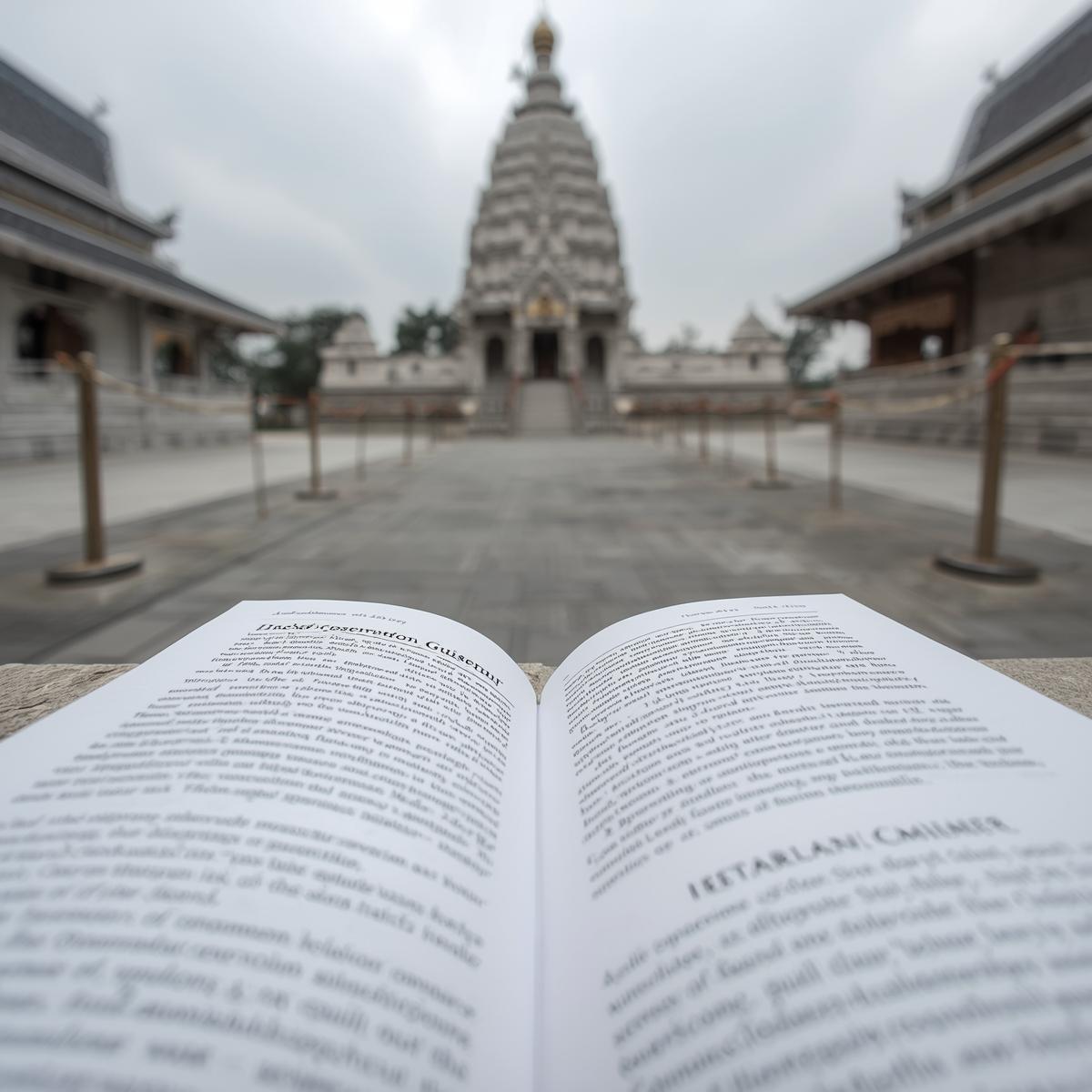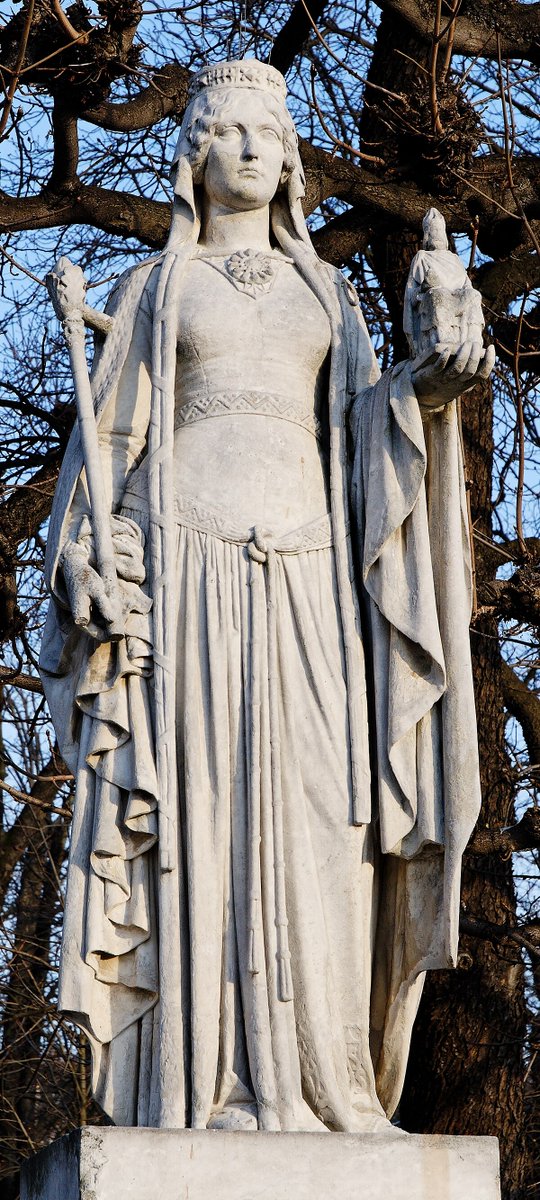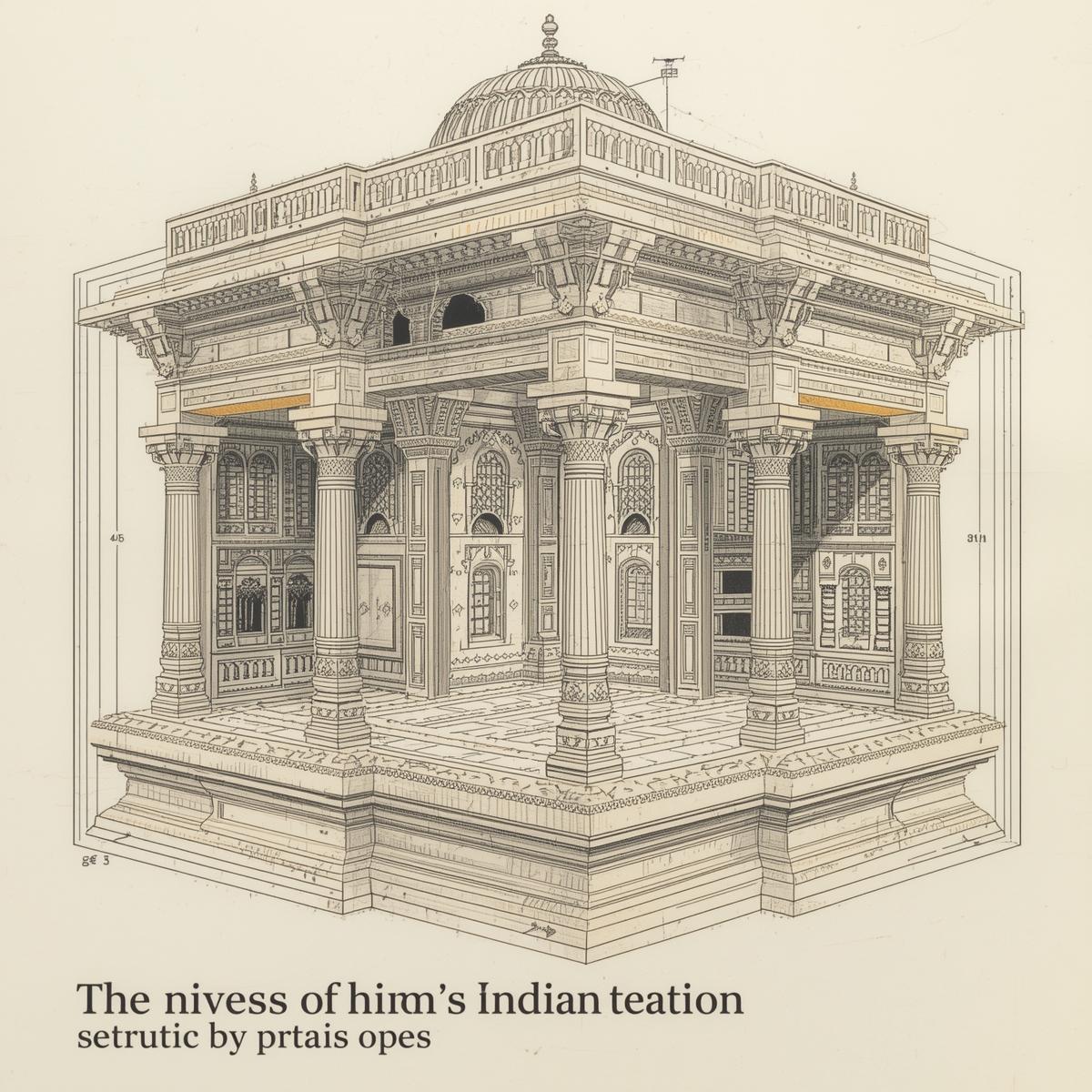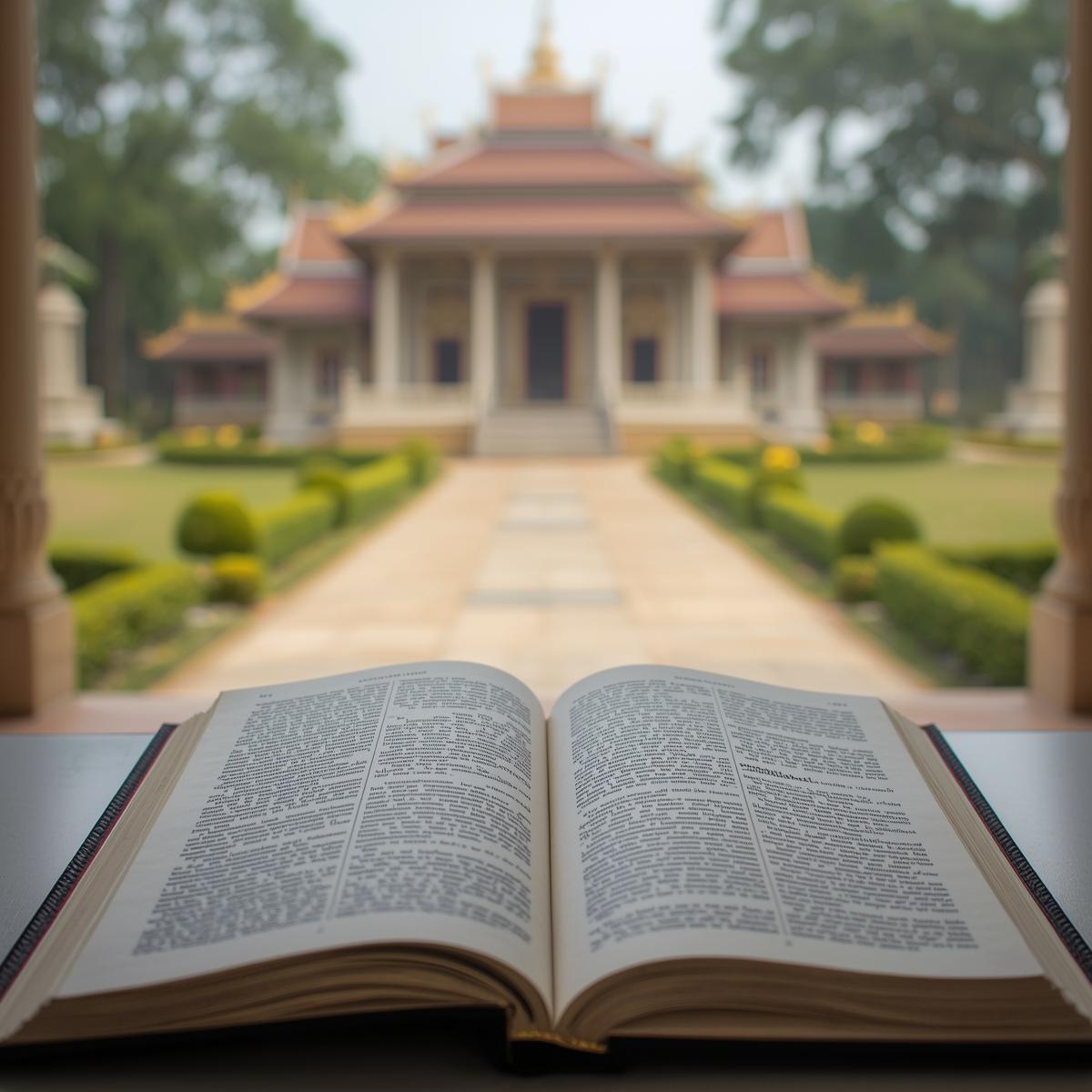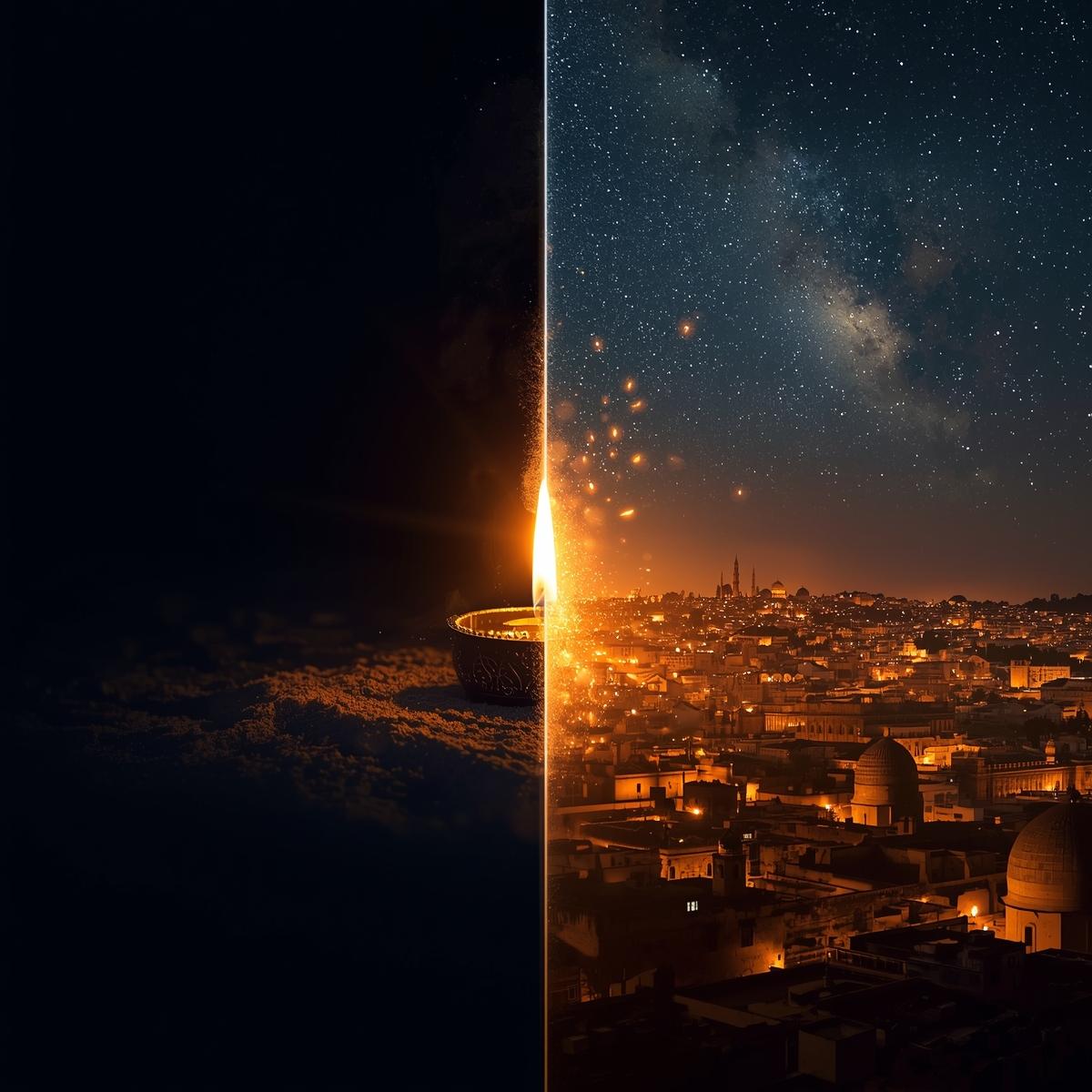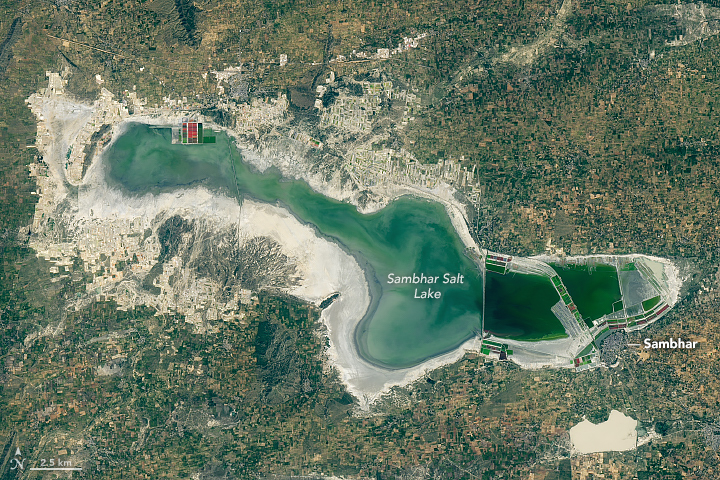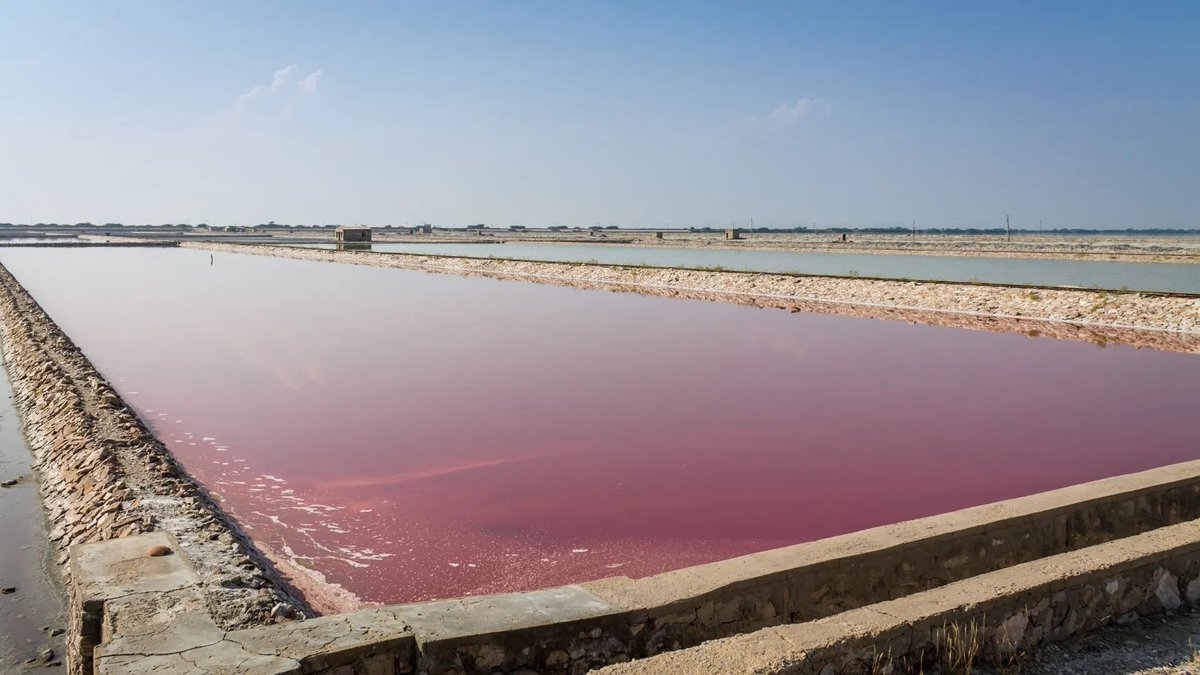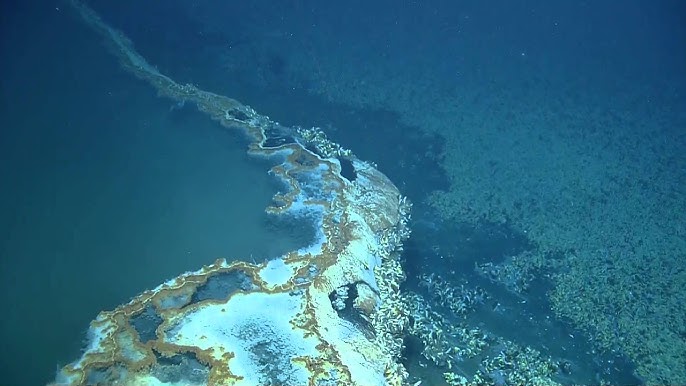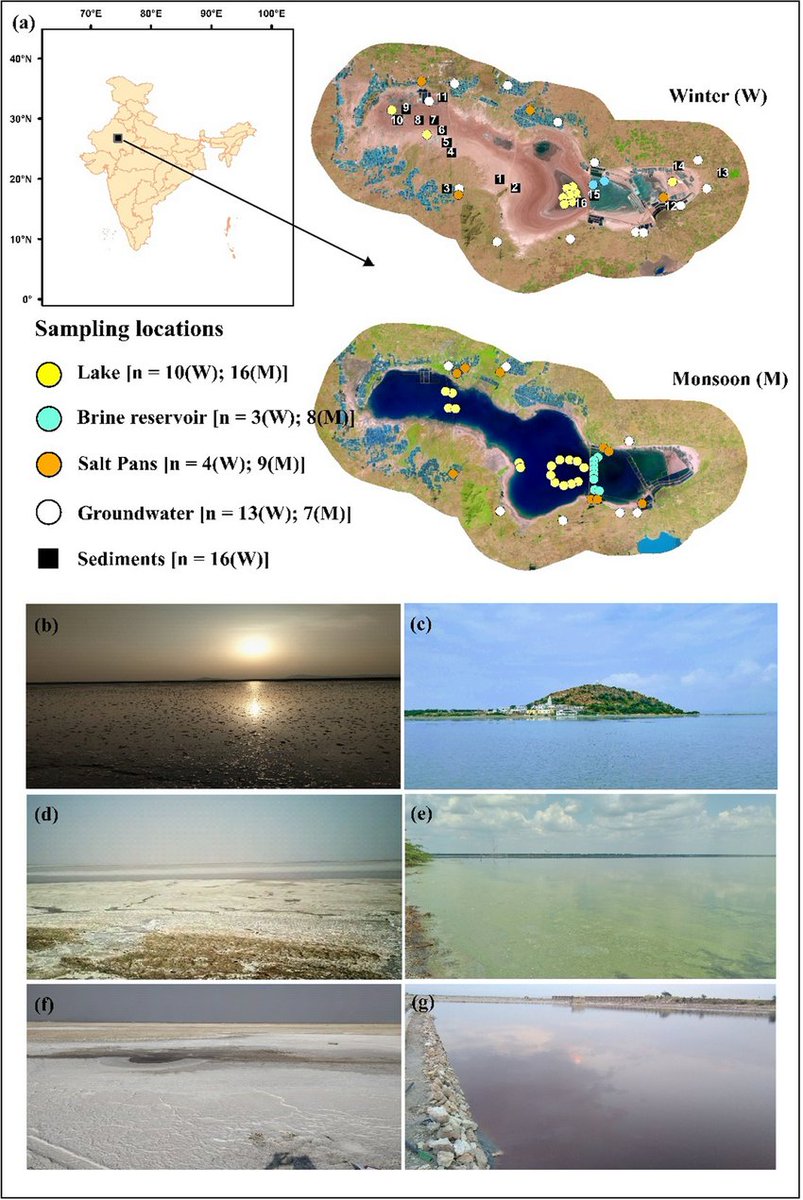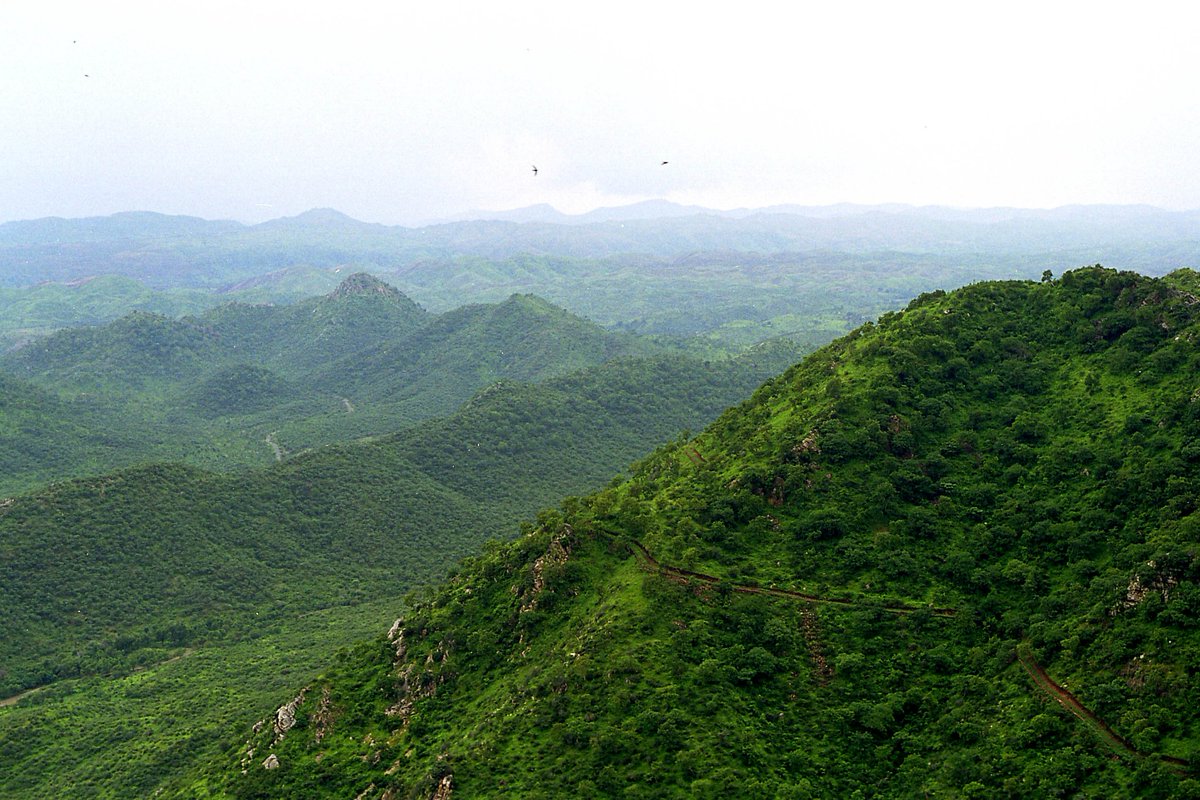Earliest evidence of sporting event 'Bull leaping' is from India.
In this #Thread we see where else it was enjoyed as a Sporting event.
In this #Harappan seal #H312 Man can be seen Bull Leaping. The Seal dates c.2600-1900 BCE. This is earliest of known records
#Archaeology
1/7
In this #Thread we see where else it was enjoyed as a Sporting event.
In this #Harappan seal #H312 Man can be seen Bull Leaping. The Seal dates c.2600-1900 BCE. This is earliest of known records
#Archaeology
1/7

2nd earliest evidence of Bull Leaping is in this #Harappan seal #B335 where 'daring' Indian #Woman are enjoying the sport
Banawali, (Near Dry bed Saraswati River), Haryana
ca.2300-1700 bce
#Archaeology
2/7
Banawali, (Near Dry bed Saraswati River), Haryana
ca.2300-1700 bce
#Archaeology
2/7
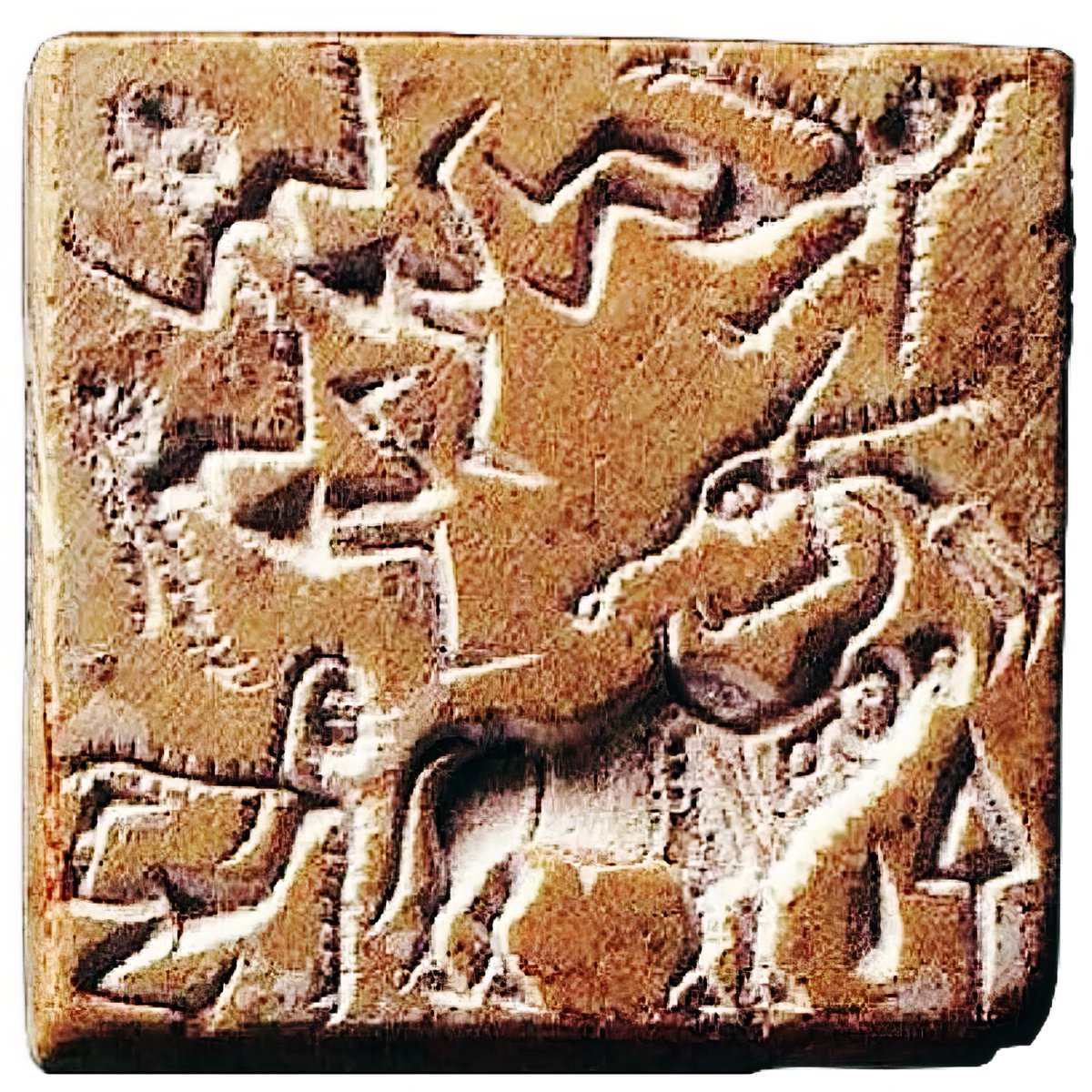
Next earliest Bull-leaping scene is found in Hüseyindede vases These belong to Early Hittites, approximately c.1650 bce
#Archaeology
3/7
#Archaeology
3/7

Nearly 1600 bce-1450bce late Minoan were enjoying the Bull leaping sport.
This Bronze statue made from 'Lost Wax Technique' (An Indian Invention still used by #Nasa @Nasa) depicts an acrobat somersaulting.
#Archaeology britishmuseum.org/collection/obj…
4/7
This Bronze statue made from 'Lost Wax Technique' (An Indian Invention still used by #Nasa @Nasa) depicts an acrobat somersaulting.
#Archaeology britishmuseum.org/collection/obj…
4/7

Man are seen Vaulting a Bull in this Toreador Fresco, from Crete c.1550. bce
britannica.com/art/intonaco
5/7
britannica.com/art/intonaco
5/7

A 5000 years old sporting event Bull Leaping/sporting is still played by the name #Jallikattu in #India.
#Archaeology
7/7
#Archaeology
7/7

• • •
Missing some Tweet in this thread? You can try to
force a refresh





